Looking back on Yayoi Campus’ history as the location of the second city residence of the Mito Domain, the former First Higher School, and eventually UTokyo’s Faculty of Agriculture
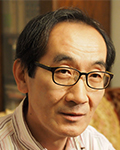
Toyoji Kaneko
Professor
Graduate School of Agricultural and Life Sciences
http://www.seiri.fs.a.u-tokyo.ac.jp (Japanese)
Bordering Kototoi-dori Street and located across from the University of Tokyo's Hongo Campus, Yayoi Campus has cultivated its own unique history and culture distinct from that of the Hongo area. The land that became the Yayoi Campus was once the location of the First Higher School of Japan, but transitioned into the home of the Imperial University’s Faculty of Agriculture (formerly in Komaba) through a property exchange in 1935. Tracing the area's history back even further, we see that it used to be the location of the second city residence of the Mito Domain.
Let's leave the introduction at that for now and head out onto our Yayoi walk. The closest train station to the Yayoi Campus is Todaimae Station on the Tokyo Metro Namboku Line, which opened in 1996. (Picture 1) The entrance and exit of Todaimae Station closest to the University cuts right into a corner of the Yayoi Campus. We arrive at the Faculty of Agriculture’s Main Gate (the Nouseimon) after just a 30-second walk from the station. (Picture 2) The current Gate is the second version of the Nouseimon, repaired in 2003 using cypress from the Kiso area of Japan. Standing in front of the Nouseimon, we can see Building No.1 to our right and Building No. 2 to our left and located symmetrically to each other, while Building No. 3 sits in the middle further inside. (Picture 3) These historical structures which form the core of the Faculty of Agriculture have been in use for over 80 years since they were built, and they are still being actively used today. Building No. 3, which was the most recently built of the three, has been designated as a Selected Historical Building of the Tokyo Metropolitan Government.
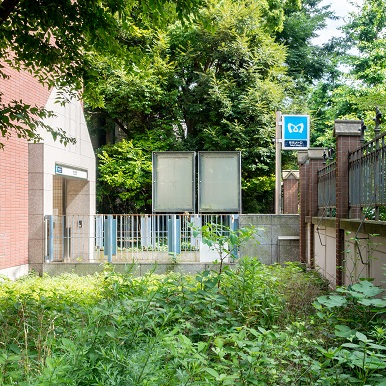 1. Todaimae Station on the Namboku Line, the closest station to the Yayoi Campus
1. Todaimae Station on the Namboku Line, the closest station to the Yayoi Campus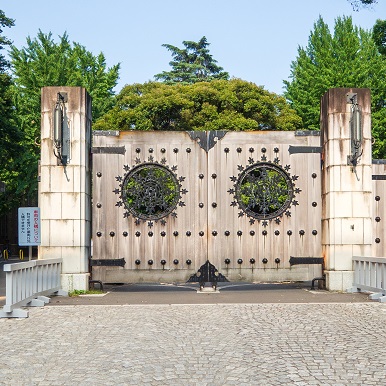 2. The Faculty of Agriculture’s Main Gate (Nouseimon), refurbished in 2003
2. The Faculty of Agriculture’s Main Gate (Nouseimon), refurbished in 2003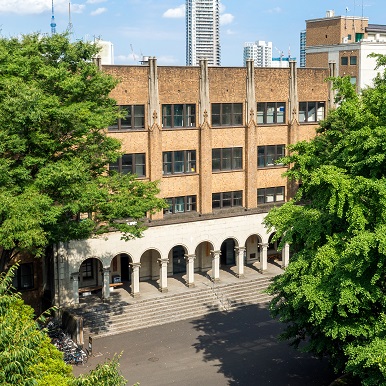 3. Faculty of Agriculture Building No. 3, which was designated as a Selected Historical Building of the Tokyo Historical Government
3. Faculty of Agriculture Building No. 3, which was designated as a Selected Historical Building of the Tokyo Historical Government
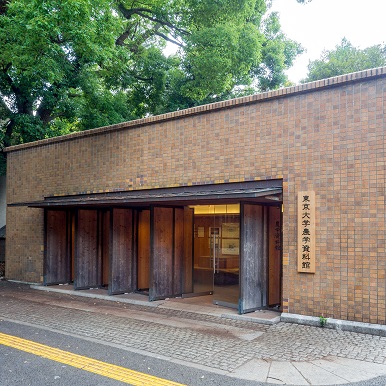 4. The Agricultural Museum, which has Hachiko's internal organs on display
4. The Agricultural Museum, which has Hachiko's internal organs on display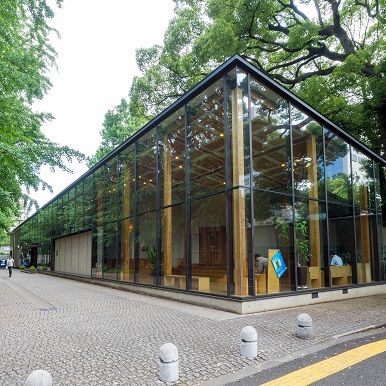 5. Yayoi Auditorium's Ichijo Hall, characterized by its wooden construction
5. Yayoi Auditorium's Ichijo Hall, characterized by its wooden construction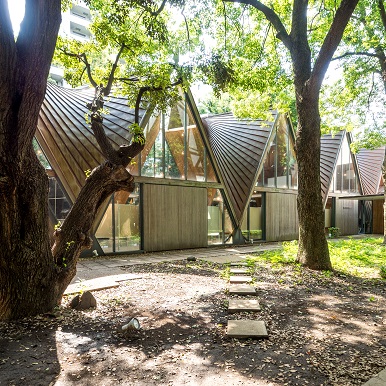 6. The impressively churchlike Yayoi Auditorium Annex
6. The impressively churchlike Yayoi Auditorium Annex
Right across from the statue stands a stone monument with the inscription "The Place of Master Zhu Zhiyu's Death." (Picture 8) Zhu Zhiyu was a Confucianist scholar during the Ming Dynasty who had been invited by Tokugawa Mitsukuni, the head of the Mito Domain, to stay in Japan and teach Confucianism, etiquette, technical arts, the compilation of historical materials and other disciplines to members of the Mito Domain. His teachings are said to have influenced Mitogaku, the Domain's school of historical and Shinto studies which was founded later. The other monument, the Koryo-hi, sits behind Yayoi Auditorium with its back facing Kototoi-dori Street. (Picture 9) The First Higher School of Japan was also known as Koryo, and the monument was built here after the campus exchange between UTokyo and the First Higher School to commemorate that the School once stood at that location. The Koryo-hi conveys the history of the Yayoi Campus to the people looking at it today.
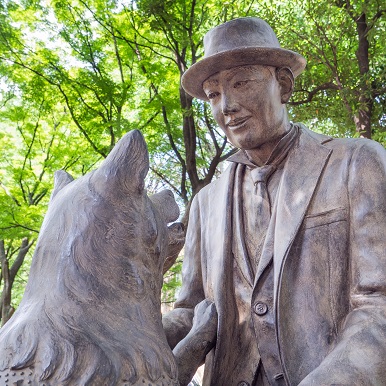 7. The Statue of Professor Hidesaburo Ueno and Hachiko, a popular point of interest on campus
7. The Statue of Professor Hidesaburo Ueno and Hachiko, a popular point of interest on campus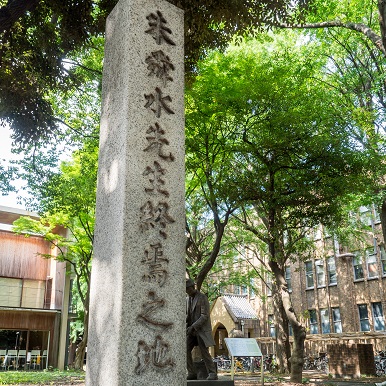 8. Monument to Zhu Zhiyu, who was invited to stay at the residence of Mito Komon (Tokugawa Mitsukuni)
8. Monument to Zhu Zhiyu, who was invited to stay at the residence of Mito Komon (Tokugawa Mitsukuni)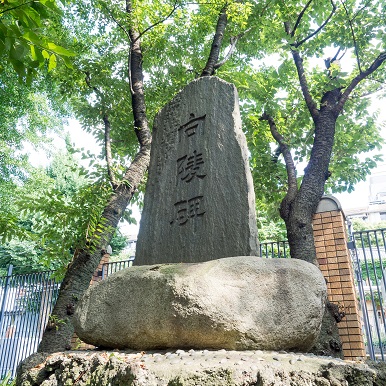 9. Koryo-hi, a monument that recalls the bygone days of the First Higher School
9. Koryo-hi, a monument that recalls the bygone days of the First Higher School
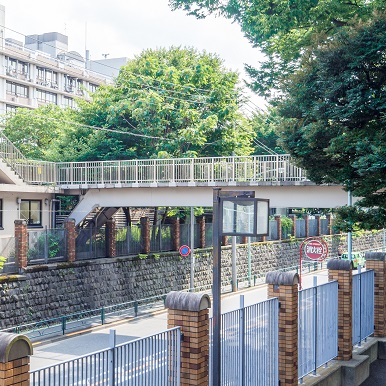 10. The Strait of Dover, or Namida-bashi
10. The Strait of Dover, or Namida-bashi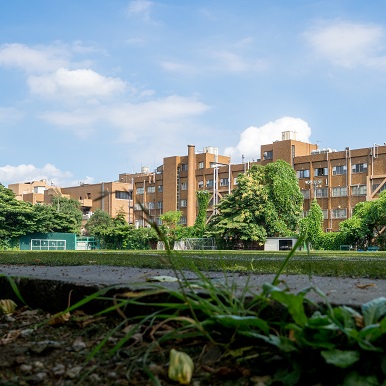 11. The Institute of Molecular and Cellular Biosciences, formerly known as the Institute of Applied Microbiology
11. The Institute of Molecular and Cellular Biosciences, formerly known as the Institute of Applied Microbiology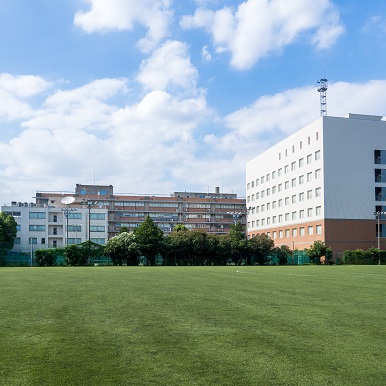 12. The mecca for earthquake research, the Earthquake Research Institute
12. The mecca for earthquake research, the Earthquake Research Institute
Heading farther towards the back of the Campus, the vibrant green artificial turf of the UTokyo Baseball Ground spreads out before us. (Picture 14) This is the field where the UTokyo baseball team, which just ended its 94 game losing streak this spring, conducts its practices. Behind the field, the Mukougaoka Faculty House sits inconspicuously on a corner surrounded by a quiet neighborhood of homes. (Picture 15) Overnight accommodations, a restaurant and even a full-service bar are housed inside this building constructed of an abundance of high-quality wood. The bar in particular gives off an air of elegance as a hidden getaway for adults in the middle of the Yayoi Campus, making it the perfect place to bring our walk to an end. This site was once the location of the First Higher School's Mukougaoka Dormitory. As you partake in a glass of whiskey, you may be able to feel the presence of the rambunctious dorm students even to this day.
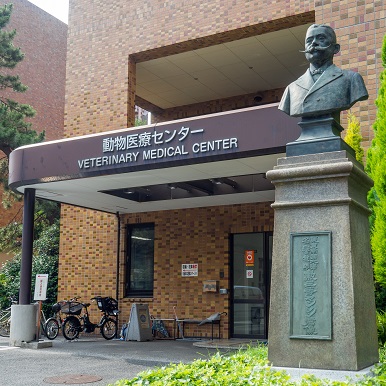 13. The Veterinary Medical Center, which sees an endless number of animal patients and visitors
13. The Veterinary Medical Center, which sees an endless number of animal patients and visitors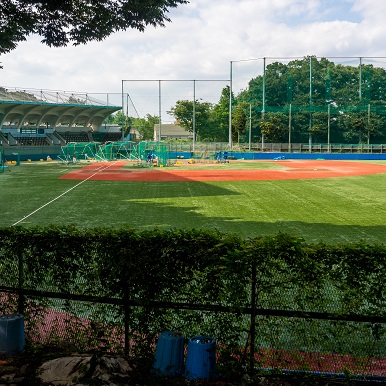 14. The UTokyo Baseball Ground, with its vibrant green artificial turf
14. The UTokyo Baseball Ground, with its vibrant green artificial turf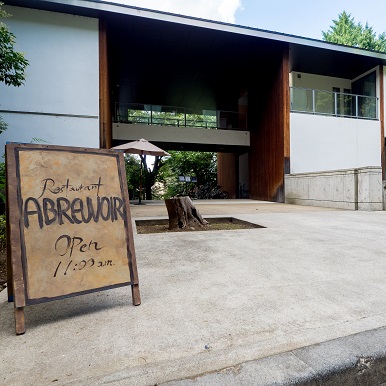 15. The Mukougaoka Faculty House, a hidden getaway for adults
15. The Mukougaoka Faculty House, a hidden getaway for adults
* This article was originally printed in Tansei 31 (Japanese language only).






